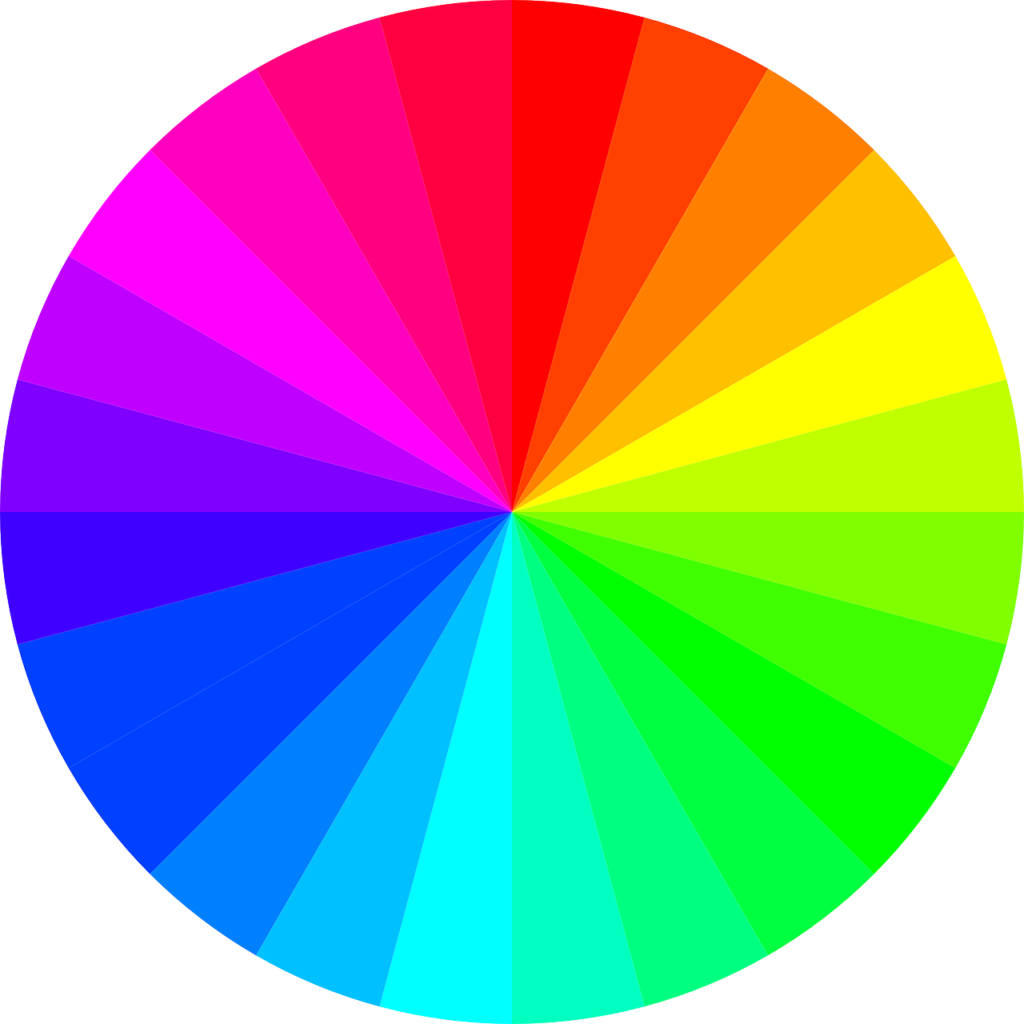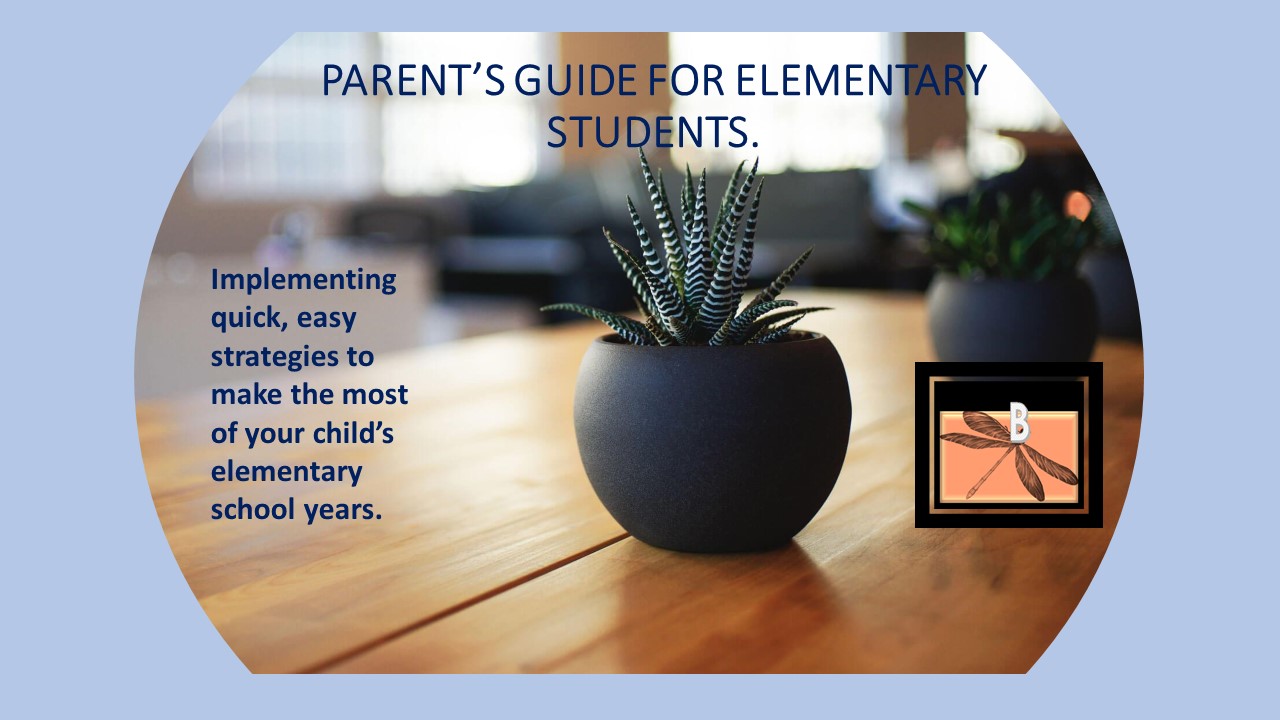How often do we walk into a room, and pause to look at something colorful that has caught our eye? What about when we look at educational toys? Is it not the array of colors that usually catches the attention at first? Most individuals are attracted to colors, some more than others. It can brighten or make something ordinary instantly attractive.
Just as colors bring things to life, the same way colors can bring richness to learning. It helps in making the educational process fun, meaningful, and creative. The use of colors is one of the easiest ways to enhance the studying process, especially if your child is a visual learner. There have been studies that show colors have a direct impact on attentiveness and motivation.
The use of colors to enhance learning can be easily be implemented at home. Here are a couple of examples:
The Magical Pencil: Buy regular pencils, with the exterior being of different colors and designs. When your young child is ready to study, let them pick a pencil they are attracted to at that moment. It is their special pencil to work with for that evening. Make it a fun activity where the child picks the color they want to work with at that time. You could have a conversation such as, “What magical pencil should we use today to help us with our math?”
Academic Concepts: Teachers are aware of how important it is to use colors while teaching. It is a known fact that students are more focused when they see the text come alive with colors. A variety of shades could be used in every subject to bring out the text, graphs, illustrations, charts, etc.
Memorizing: I have found this very useful in teaching writing. Let’s say you want your child to memorize how to write an expository, narrative, or an opinion paragraph. Assign each part of the paragraph a different color. For example, one color for both the topic sentence and the ending sentence. Use another color for the details. Put those assigned colors out ahead of time. The child then by the association of the colors, remembers what is involved in writing a paragraph. This association of colors and memorizing how to do something can be carried through in all subjects.
Workspace: This has to do with the use of colors where the child works. If your child gets easily distracted, then utilize more calming colors such as pastel green or blue around them. On the other hand, bold colors such as orange increase alertness. Yellow is supposed to be a good study color too. These colors could be added by putting objects such as vases, flowers, frames, etc. in the workspace.
Colors do help make the learning process more relaxed, fun and also helps to be more creative. It lowers the stress filters that a child might have with studying or doing homework. However, do not go overboard as that could defeat the whole idea, and be more of a distraction instead.

Do consider using colors with your child. It is an inexpensive, fun way to make education more enjoyable and meaningful.
